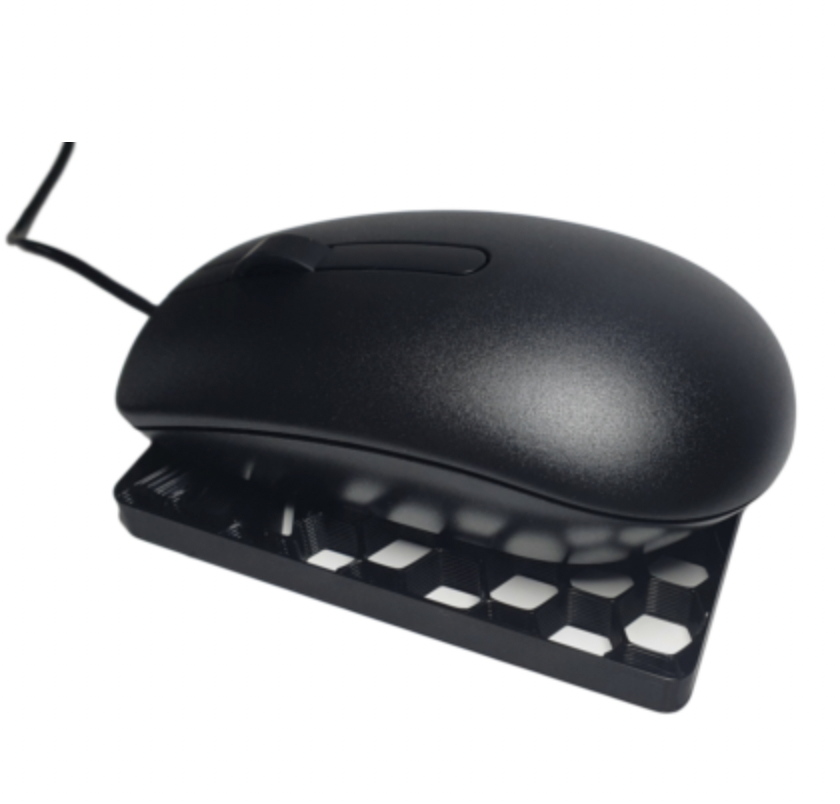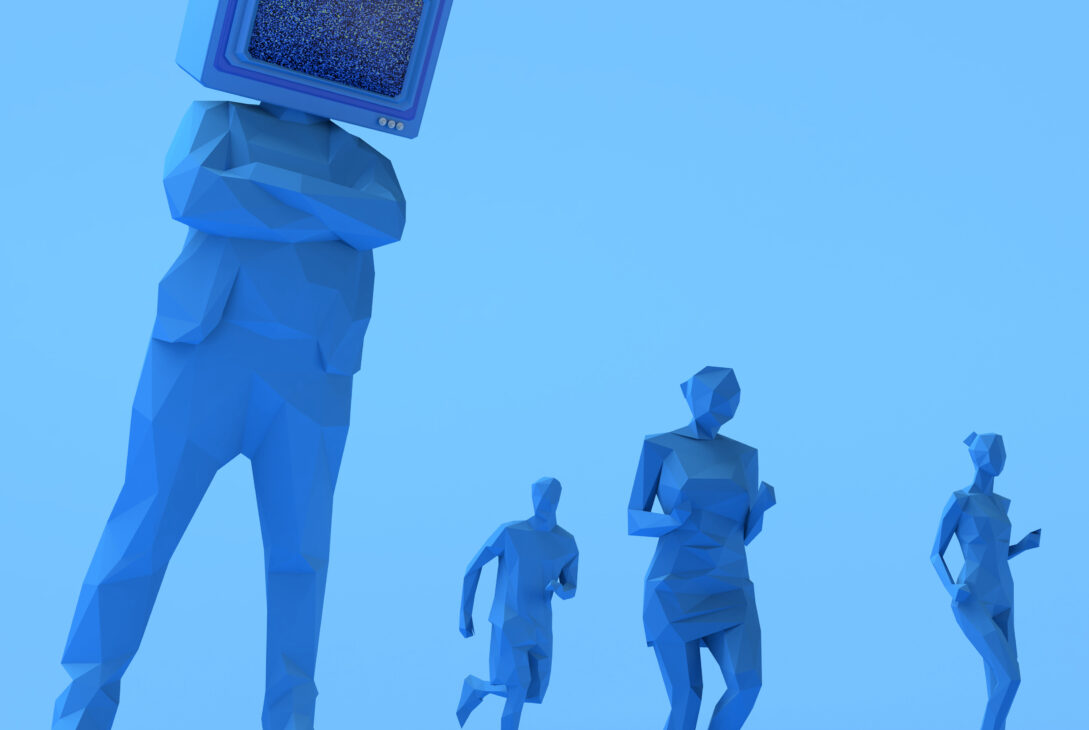“You’ve made how many cups of tea!?”
What started out in the pandemic as a way to satisfy managers, bosses and companies that their employees weren’t all watching YouTube videos or vaping with their camera turned off during Zoom calls, workplace surveillance has become the most feared or annoying concept about being employed.
However, there a few intrepid minds that are attempting to outwit the various programmes and software that organisations are using to monitor employees. Mouse jigglers are gaining in popularity even as more people are encouraged to return to the office.
Mouse jigglers, or movers, are often used when downloading or uploading large files in order to stop the screen timing out and interrupting workflows. Some mouse movers require software to be installed or a USB stick to be inserted on a computer which could be tricky for some company-owned laptops.
Mouse-jiggler is one free app that can be installed on PC’s, but again, if companies are monitoring software installed on computers, then that could be difficult to overcome.

Alternatively you can buy hardware options such as a Mouse Mover or Jiggler that’s available on the internet for relatively affordable prices. These work in varying different ways but for many, they either use a spinning disk or wheel to turn and trick the mouse’s optical sensor into thinking it’s in use and moving. These are often easier to set up and don’t require anything to be installed or set up on your computer, but are not as customisable as software.
Are they watching you?
Of course, mouse jigglers like these will only work for a certain section of home-office workers and large companies are still able to leverage other forms of workplace surveillance.
Amazon is renowned for using cameras and tracking technology to monitor employees in its warehouses, while Walmart has reportedly used facial recognition technology to monitor employee attendance and identify potential shoplifters.
The ride-hailing app Uber uses GPS tracking to regularly monitor the movements of its drivers, and even Apple has been reported to use various forms of workplace surveillance to monitor employees’ communications and device usage.
Apple isn’t the only tech firm using “bossware” as it’s now being called. IBM, which has been reported to use AI-powered software to monitor employee productivity and identify potential risks to the company.
Sure, some forms of workplace surveillance may be legal and necessary for certain purposes, but employers must ensure that their place of employment are using this “bossware” in a transparent and ethical manner, and take your privacy rights and concerns into consideration.




